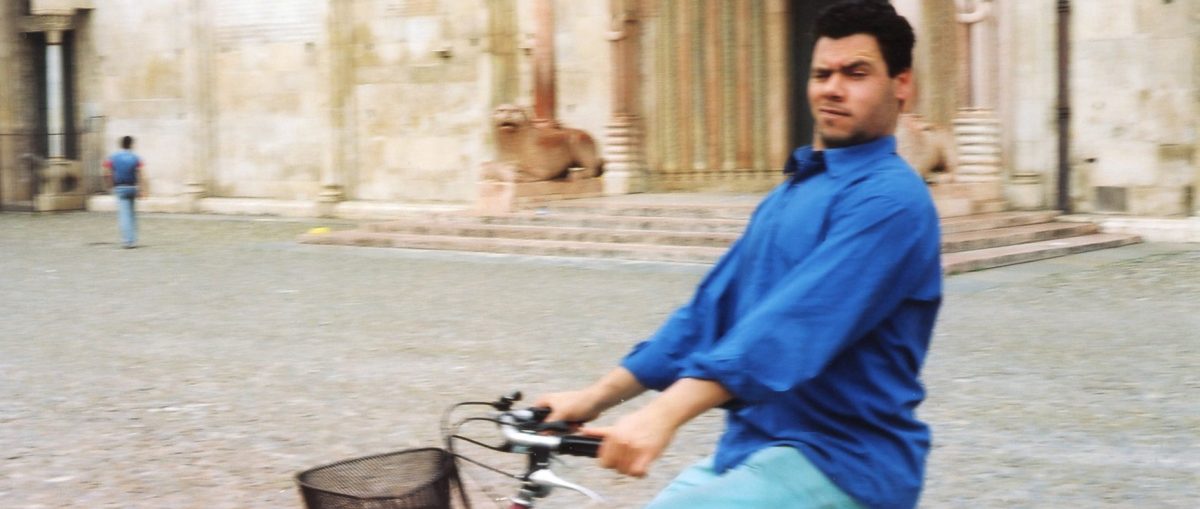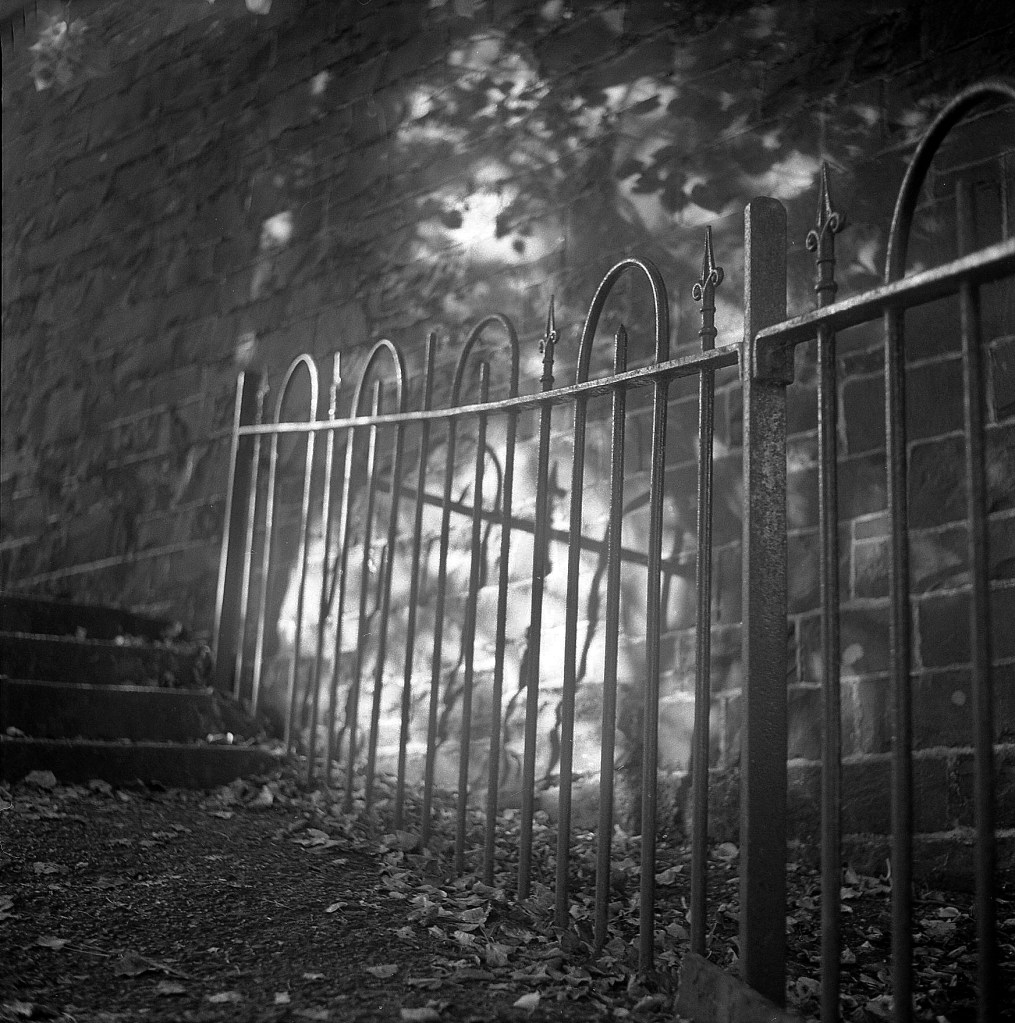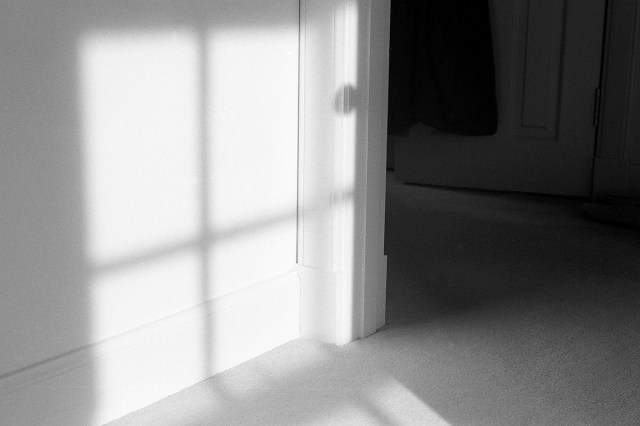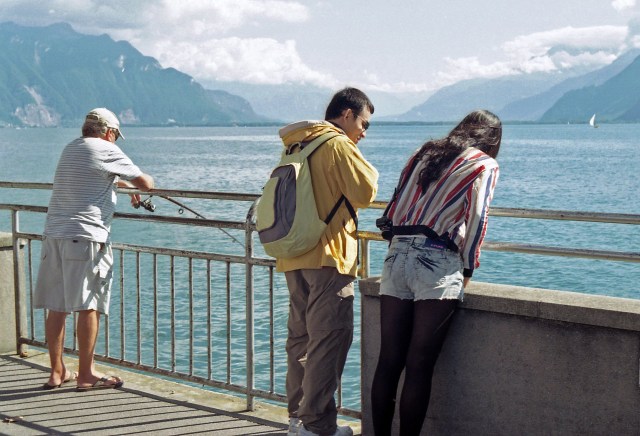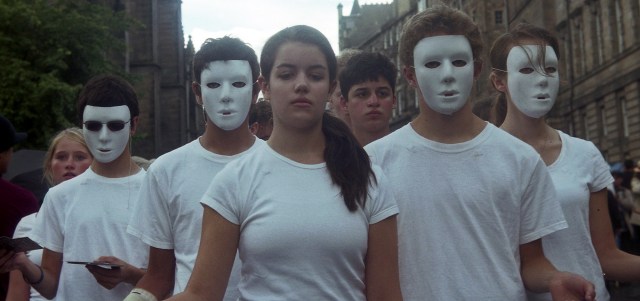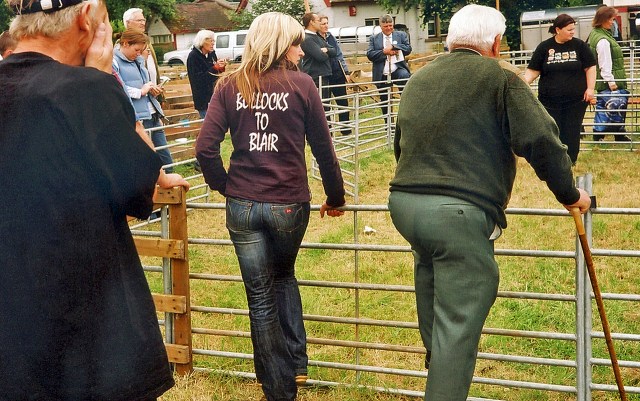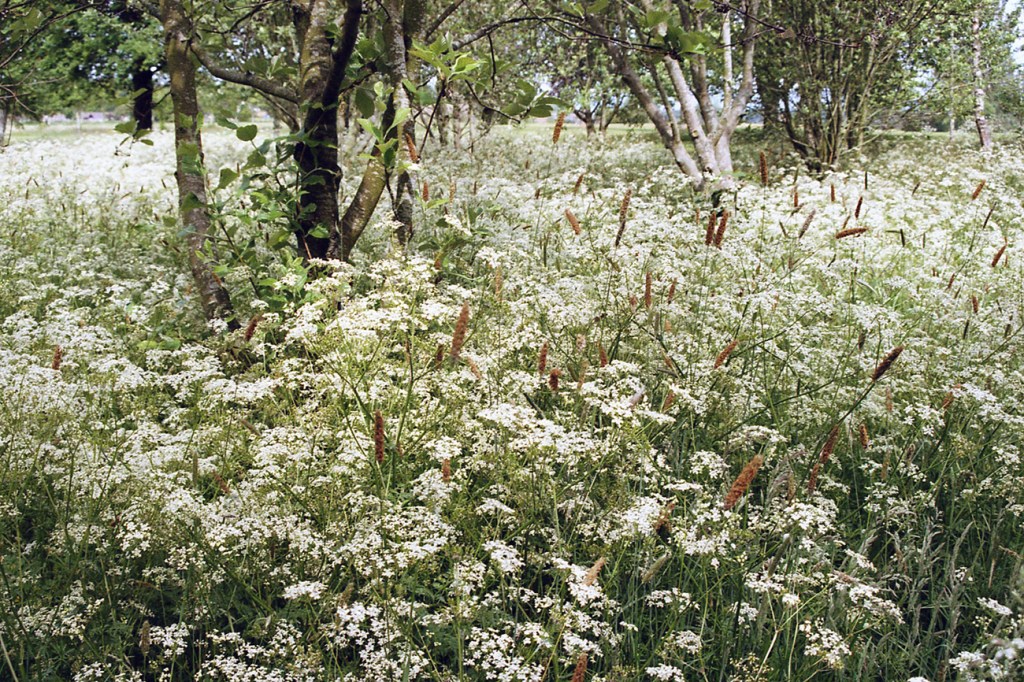
Paris Fenced In/Paris Cloturé
Vic Hallam Ltd., Langley Mill
Hoarding Sex
Hoarding Sex
Now on Pete Grafton/You Tube
aka Sex in Public
Paris Place
On the Waterfront, Dawlish. Sea Invasion 2014.
Workmates 1920 – 1975 0n You Tube
Coast Sweden/Svensk Kust
Glasgow Skyline – Glasgow Vibe Line
Studio Women/Pete Grafton/You Tube
w o o d
w o o d
Hamburg Altona 1999 – 2020
Hamburg Altona 1999 – 2020
21 Jahre in 12 Minuten
Silver Halides + Light =
Tourists
Scottish Young Woman 1915 – 1921 Photo Album
Scottish Young Woman Photo Album 1915 – 1921
on You Tube

Falconhall, Morningside, Edinburgh, 1917.
A video of a collection of photos from her Photo Album, from the Great War, as a schoolgirl, to the Jazz Age of the 1920s.


